What Does a Java Backend Developer Do?

Overview
A Java back end developer is responsible for developing and maintaining server-side applications and web services using Java programming language and related technologies. They work closely with front-end developers, quality assurance engineers, and DevOps teams.
They are also involved in database designing, optimization, and maintenance, as well as integrating various APIs and web services into the backend architecture.
Role and Responsibilities of Java Backend Developer
Designing and Developing Backend Systems
Understanding of Business Requirements and System Architecture
Before designing and building backend systems, a Java back-end developer must have a firm grasp of the system architecture and business needs. To accomplish this, it is necessary to analyze both functional and non-functional needs as well as to comprehend the technical specifications and limitations of the system architecture.
Selecting the Right Technologies and Frameworks
For a software development project to be successful, the appropriate technologies and frameworks must be chosen. Consider aspects including project requirements, community support, and integration capabilities to make the correct decision. Spring, Hibernate, Apache Struts, Apache Maven, and Apache Tomcat are a few examples of technologies and frameworks for Java backend development.
Developing Efficient and Scalable Code
Developing efficient and scalable code is crucial for the success of any backend system. To achieve this, consider using appropriate data structures and algorithms, optimizing database access, minimizing resource usage, implementing caching, and using asynchronous programming. Continuously monitoring and optimizing the code is also important to ensure that it remains efficient and scalable over time.
Building and Maintaining Databases
Designing Database Schema and Queries
Designing a database schema requires the combination of the tables, their columns, and also the relationship between them.
To design a database schema, follow these steps:
- Identify entities to form tables
- Define relationships between different entities
- Make use of Normalization and stored procedures
Implementing efficient database queries is yet another important aspect to guarantee faster and more accurate data retrieval.
So, you can learn how to write proper SQL queries with SQL Tutorial provided here.
Optimizing Database Performance and Security
Java back-end developers can create and maintain high-performance, secure, and reliable database systems. To ensure performance and security, these tips can help you out.
- Performance `optimization techniques such as indexing, caching, and query optimization can help improve the speed and efficiency of database operations.
- Regular maintenance tasks such as data backup, monitoring, and database tuning can help identify and address performance issues.
- Security measures such as role-based access control, encryption, and data masking can help protect sensitive data from unauthorized.
Implementing Database Maintenance and Backup Strategies
From the perspective of implementing database maintenance and backup strategies, a Java back-end developer can consider the following steps:
- Data backup, performance monitoring, database tuning, etc shall be carried out regularly as a part of database maintenance.
- Minimizing the risk of data loss due to system failure is possible with full backups as well as incremental backups (backing up files that have been changed since the last backup).
- Store backups in any off-site locations for security reasons and validate them regularly to test their integrity and completeness.
Collaborating with Cross-functional Teams
Working with Front-end Developers, QA Engineers, and DevOps Teams
Java back end developers have to collaborate with front-end developers, QA engineers, and DevOps teams to ensure that the application gets developed, tested, and deployed seamlessly. It emphasizes the development of a software application in all aspects.
Communicating with Stakeholders and Clients
For any Java back-end developer, effective communication with stakeholders and clients helps in assimilating the requirements and expectations for a software project. Having the ability to explain the technical aspects in non-technical terms will be favorable for both.
In addition, keep them updated with the progress reports and also by addressing their concerns, and receiving feedback.
Participating in Agile Development Processes
Participating in Agile Development Processes requires you to work in collaboration with the other teams and also with stakeholders to deliver the work within the agreed timeline in both an iterative as well as incremental manner.
Required Skills for Java Backend Developer
Proficiency in Java Programming Language
For any Java back end developer, the primary prerequisite is to have proficiency in Java programming language. Start with the fundamental concepts in Java, which include data types, variables, arrays, control structures, classes, objects, and ultimately the OOPS paradigm.
Object-oriented Programming Concepts
An object-oriented programming paradigm (OOP) emphasizes the concept of objects, which can contain data and code that manipulates that data.
Classes: A class is a blueprint or template that specifies an object's attributes and operations.
Objects: An object is an instance of a class that has its own unique set of attributes and functions.
To master the OOP concepts, be thorough with the concepts mentioned below:
- Inheritance
- Encapsulation
- Polymorphism
- Abstraction
Study OOPs in Java if you need all the information at one stop.
Multithreading and Concurrency
Multithreading enables software to run multiple threads (subsets of code that execute independently) in a single process. So, this ensures the execution of several tasks concurrently to improve the performance and responsiveness of any software application.
Concurrency is the capacity of software to manage several tasks or requests concurrently by allowing various program components to run independently and concurrently. Locks, semaphores, and thread pools are just a few of the concurrency-related APIs and features that Java offers.
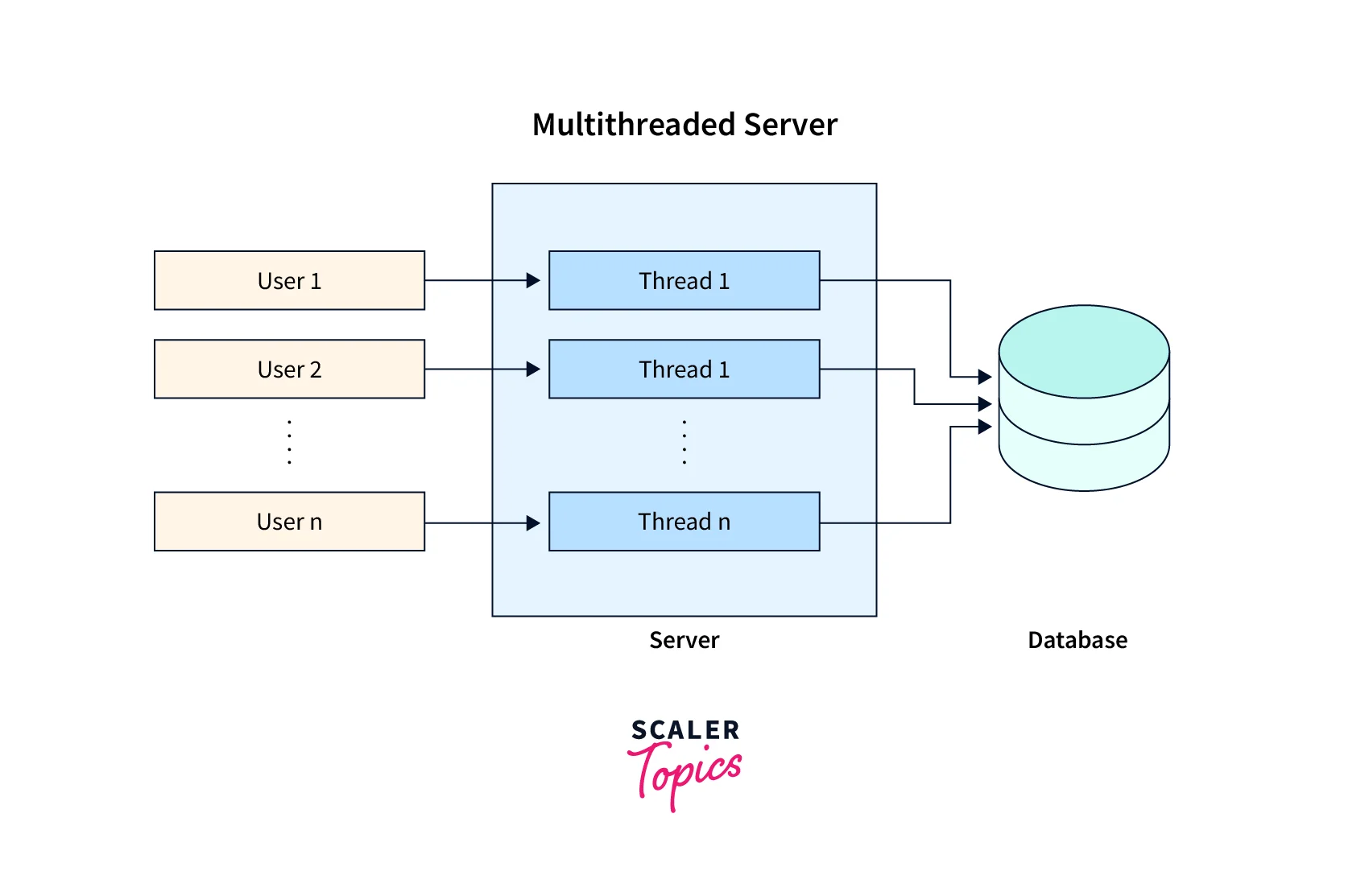
Familiarity with Java Frameworks such as Spring, Hibernate, or Struts
The availability of Java frameworks such as Spring, Hibernate, and Struts makes use of pre-built components and functionalities easier. This makes it way easier to create Java applications.
Spring: Spring is one of the most popular Java frameworks that offer several services and capabilities to create enterprise-level applications. To be good with the Spring framework, you need to have clarity in the following modules:
- Dependency injection
- Aspect-oriented programming
- Core container that comprises the fundamental features of the Spring framework
- REST and MVC architecture
Hibernate: Hibernate is a `Java-based object-relational mapping (ORM) framework that acts as a binding bridge between any object-oriented Java program and a relational database. With Hibernate, there can be ease in creating database applications as it provides a high-level object-oriented interface that can be used to access and manipulate the data. It allows developers to perform database operations using Java objects instead of writing SQL queries.
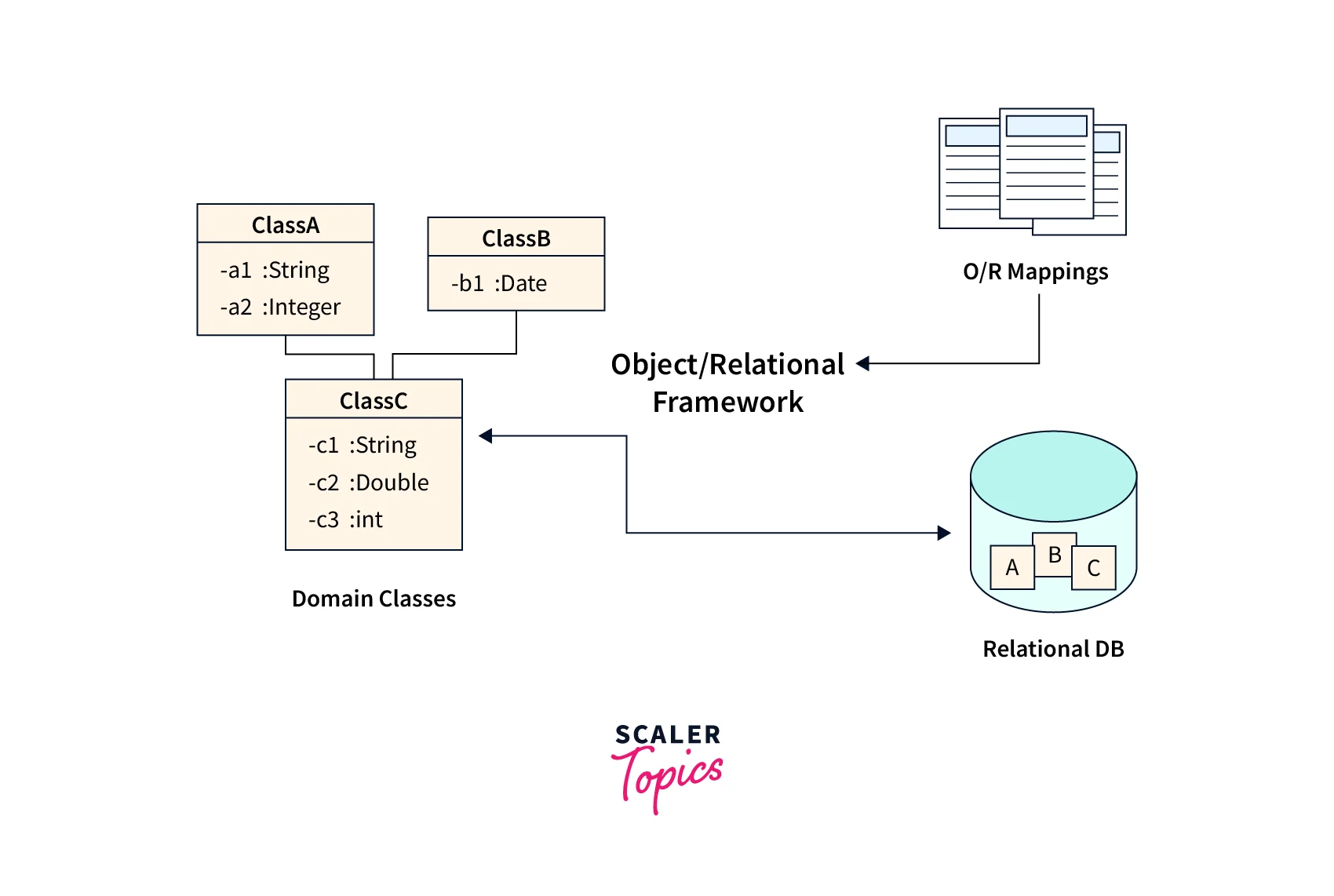
Struts: Struts is a Java framework for building web applications that follow the model-view-controller (MVC) architecture. It contains pre-built components and utilities for building the user interface, handling user input, and managing the flow of an application.

Knowledge of Backend Technologies and Tools
Relational and Non-Relational Databases
Relational databases hcanstore data in tables that have a predefined relationship established between them and they typically use Structured Query Language (SQL) to query and manipulation.
Non-relational databases store data in flexible, unstructured formats such as documents or key-value pairs, often using NoSQL (non-SQL) query languages, and are often used for handling large volumes of unstructured or rapidly changing data.
You can also learn the difference between Relational and Non-Relational databases.
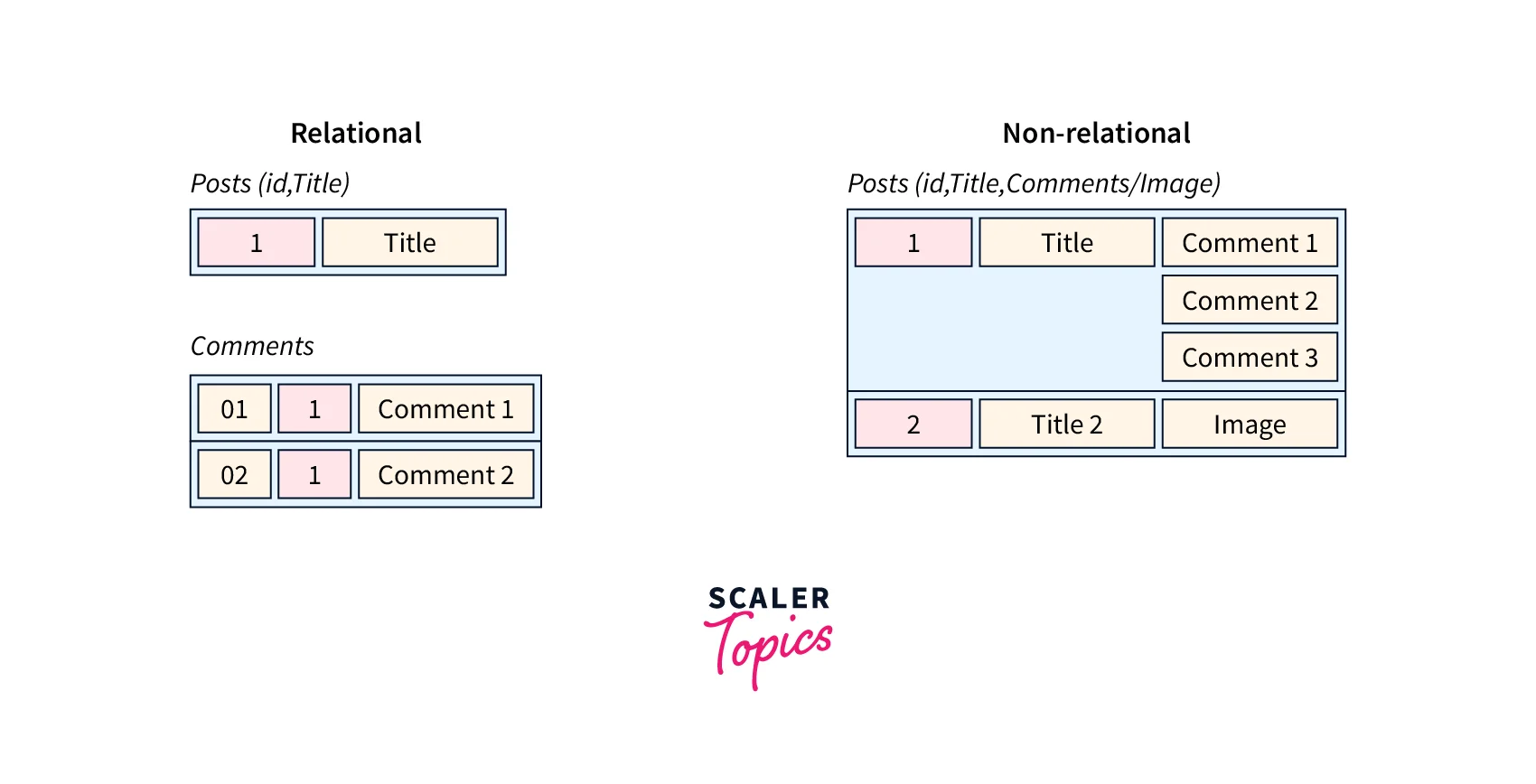
Web Services and APIs
Web services and APIs are essential components of modern web applications.
Web services provide a way for different applications to communicate with each other over the Internet.
APIs allow developers to expose the functionality of their applications to other developers in a controlled manner. Understanding how to design, implement, and consume web services and APIs is an important skill for any Java back-end developer.
Server-side Technologies such as Servlets, JSP, or JPA
Developing reliable and scalable online applications in Java requires server-side technologies like Servlets, JSP, and JPA.
JSP enables developers to construct dynamic web pages that engage with server-side data and Servlets offer a standard interface for managing HTTP requests and responses. JSP pages are compiled into Servlets before being executed by the server.
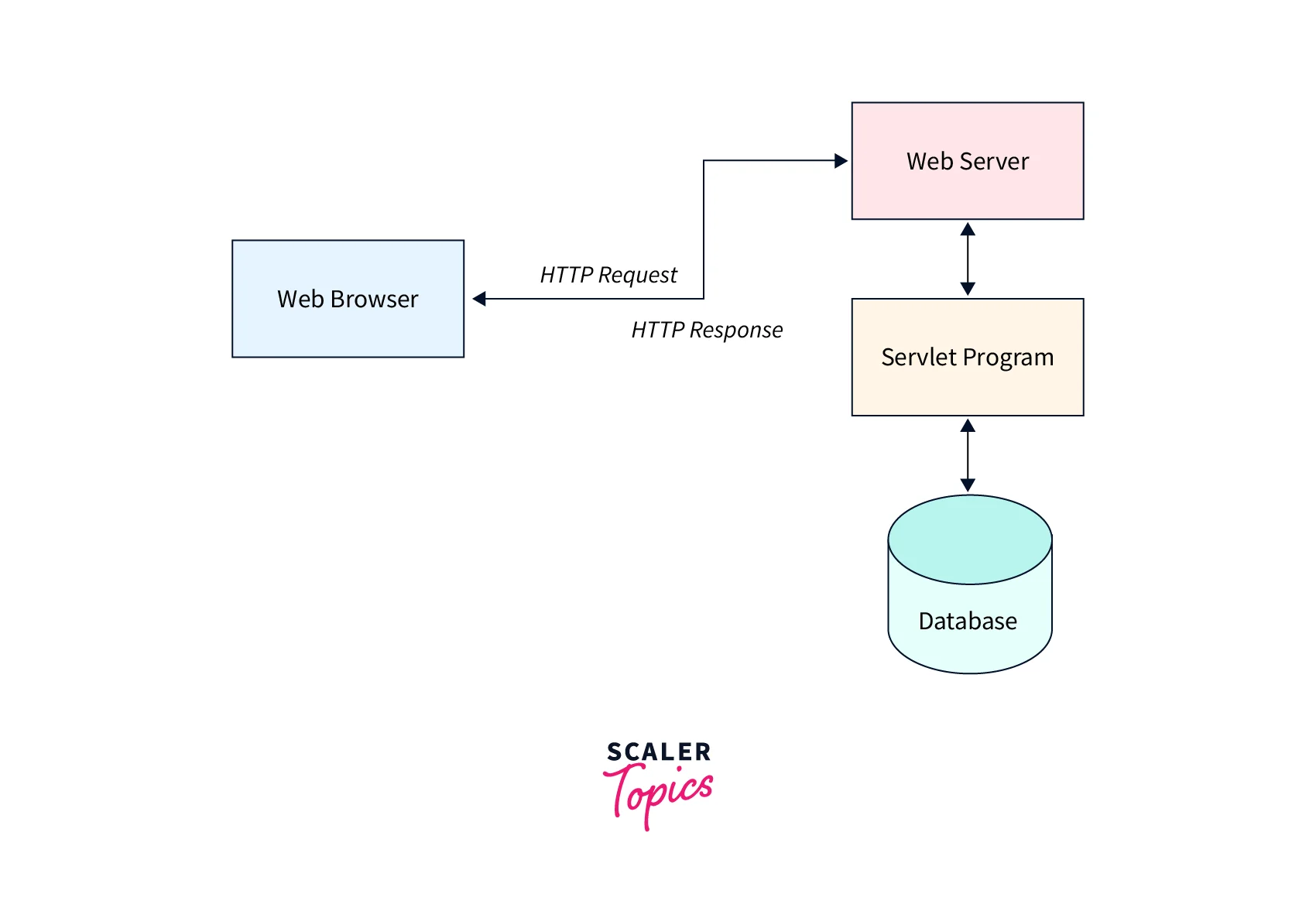
JPA provides a high-level interface for managing relational databases in Java. Developers can easily perform CRUD (Create, Read, Update, Delete) actions on database records.
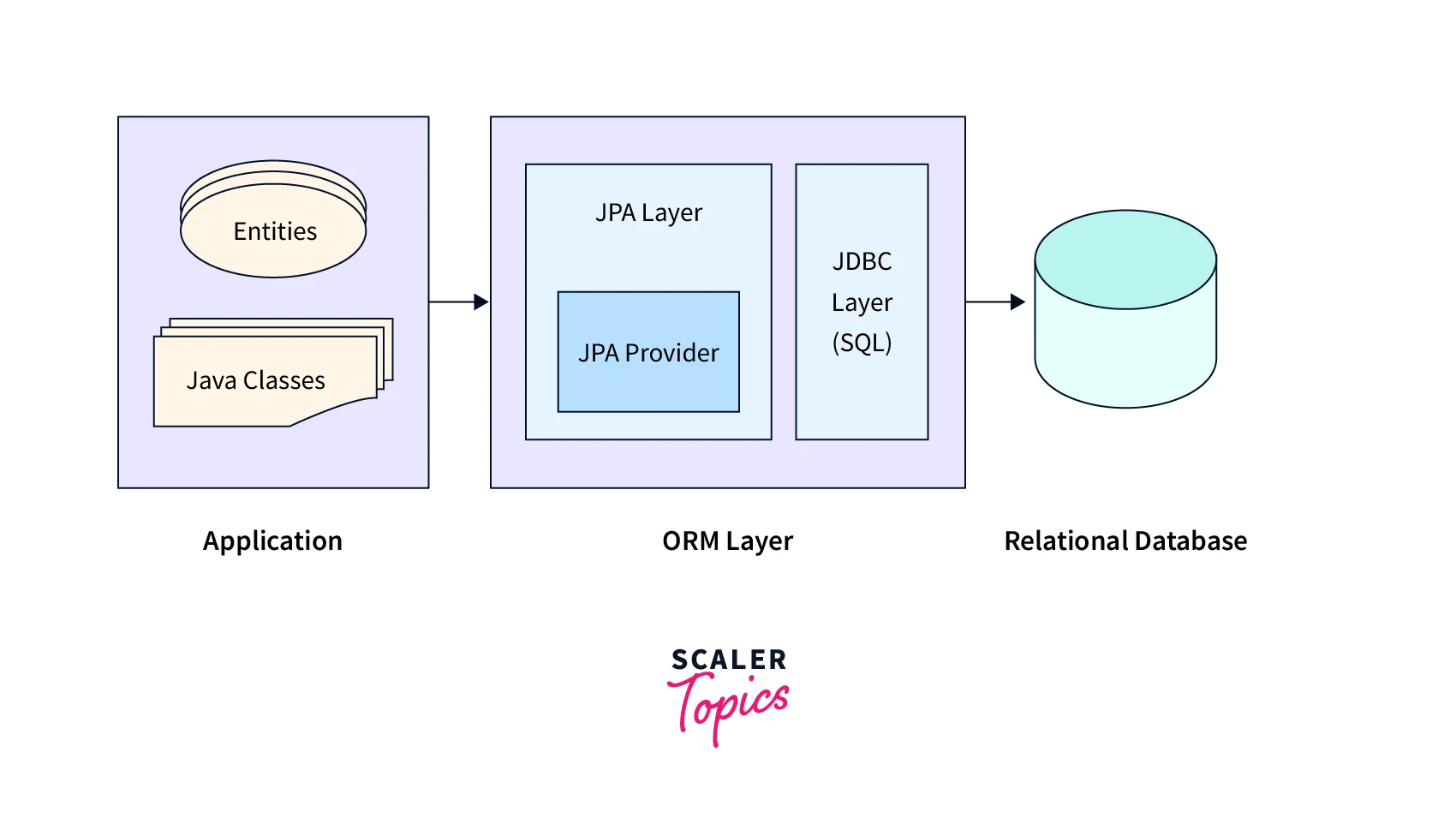
These `three technologies work together to provide the basis of contemporary Java web development.
Understanding of Software Development Life Cycle
Agile Development Methodologies
Agile development methodologies are a set of iterative and incremental software development approaches that emphasize flexibility, collaboration, and continuous delivery. Agile methodologies prioritize customer satisfaction and focus on delivering a working product promptly, with the ability to adapt to changing requirements throughout the development process.
Agile development typically involves breaking down development work into smaller, manageable tasks called user stories or backlog items, and continuously reviewing and prioritizing these tasks with the development team and stakeholders.

Software Testing and Quality Assurance
Software testing and quality assurance for a Java backend developer involve making sure the software satisfies the functional and non-functional requirements, is error-free, and works as expected. Test cases must be written, testing must be carried out at different levels with tools like JUnit, Mockito, and Selenium are needed.
It also involves closely collaborating with the development team to find and fix any defects and continuously enhancing the software's quality through processes like code reviews and continuous integration and deployment.
Source Control and Continuous Integration
Source control refers to the process of managing and reverting changes either in a document, a piece of code, or any file. This is possible with the help of Version Control Systems (VCS).
On the contrary, Continuous Integration is a software development practice where the code changes can be frequently merged into a shared repository and tested automatically. The main focus here is to detect and fix the integration issues as and when needed. With these practices, we can ensure maintaining the code quality, efficient development workflow, and better collaboration for Java back end developers`.
Java Backend Developer Salary & Outlook
The salary range for any Java back-end depends on several factors including experience, location, etc. Here's an idea of the salary range based on the level of experience:
- Entry level (0-2 years): 3-6 lakhs INR per annum
- Mid-level (2-5 years): 6-12 lakhs INR per annum
- Senior level (5+ years): 12-20 lakhs INR per annum or above
The demand for `Java backend developers is expected to grow more in the foreseeable future as organizations look for developers with expertise in Java technologies and frameworks.
Java Backend Developer Work Environment
Java back-end developers typically work in office environments and may be part of a larger development team. They work for `software development companies, technology consulting firms, or within the IT departments of large organizations.
Java Backend Developer Trends
Let's look at some of the popular trends wconcerningJava Backend development.
- Microservices architecture
- Spring Security
- Cloud-native development
- Containerization such as Docker
How to Become a Java Backend Developer
Learn Java Programming Language
Online Tutorials and Courses
Learning Java is the basic step to becoming a Java back-end developer. You can learn the fundamentals of Java to a T on Scaler Topics.
Additionally, there are many free resources available online, including Java documentation, forums, and communities where you can ask questions and get help.
Textbooks and Reference Materials
In addition to `online tutorials and courses, textbooks and reference materials can also help learn Java programming language. Some popular Java textbooks include:
- `Java: A Beginner's GuideGuideeGuideSchildt,
- Head First Java by Kathy Sierra
Practice with Coding Exercises and Projects
In the end, when it comes to becoming a Java backend developer, it all boils down to practicing enough to be good with your coding skills and the concepts in Java. Solve coding questions on online platforms.
Moreover, you can learn Java technologies and frameworks to implement in any Java project, be it a simple CRUD application, RESTful API, or even microservices architecture. Take help from the relevant repositories available on GitHub.

Gain Experience with Backend Technologies and Tools
Build Small-scale Backend Systems
Creating small-scale backend systems would always be a better way to get a good hold of the programming language and its frameworks. So, why not start by considering a simple real-life problem and solve it by creating a backend system? It can be a simple web application as well.
Contribute to Open Source Projects
Open-source projects are not only intended to improve your skills, but you can make your contributions count in real-world problems. Moreover, this also highlights your skills to potential employers and helps you build a portfolio of work where you can show your abilities. GitHub will be a great option to find such projects and identify any issue or feature to work on.
Attend Hackathons and Coding Competitions
As a Java back-end developer, this could be another way to enhance your skills and get opportunities to work with other developers. In addition, you don't just gain experience working on real-world projects, but the best thing you ever get from it is networking within the tech community.
Familiarize Yourself with Java Frameworks and Libraries
Spring Framework and Spring Boot
Spring framework is a popular Java framework for building enterprise-scale applications. It provides several modules, such as Core Container, AOP, JDBC, ORM, and Web servers that enable developers to create various types of applications.
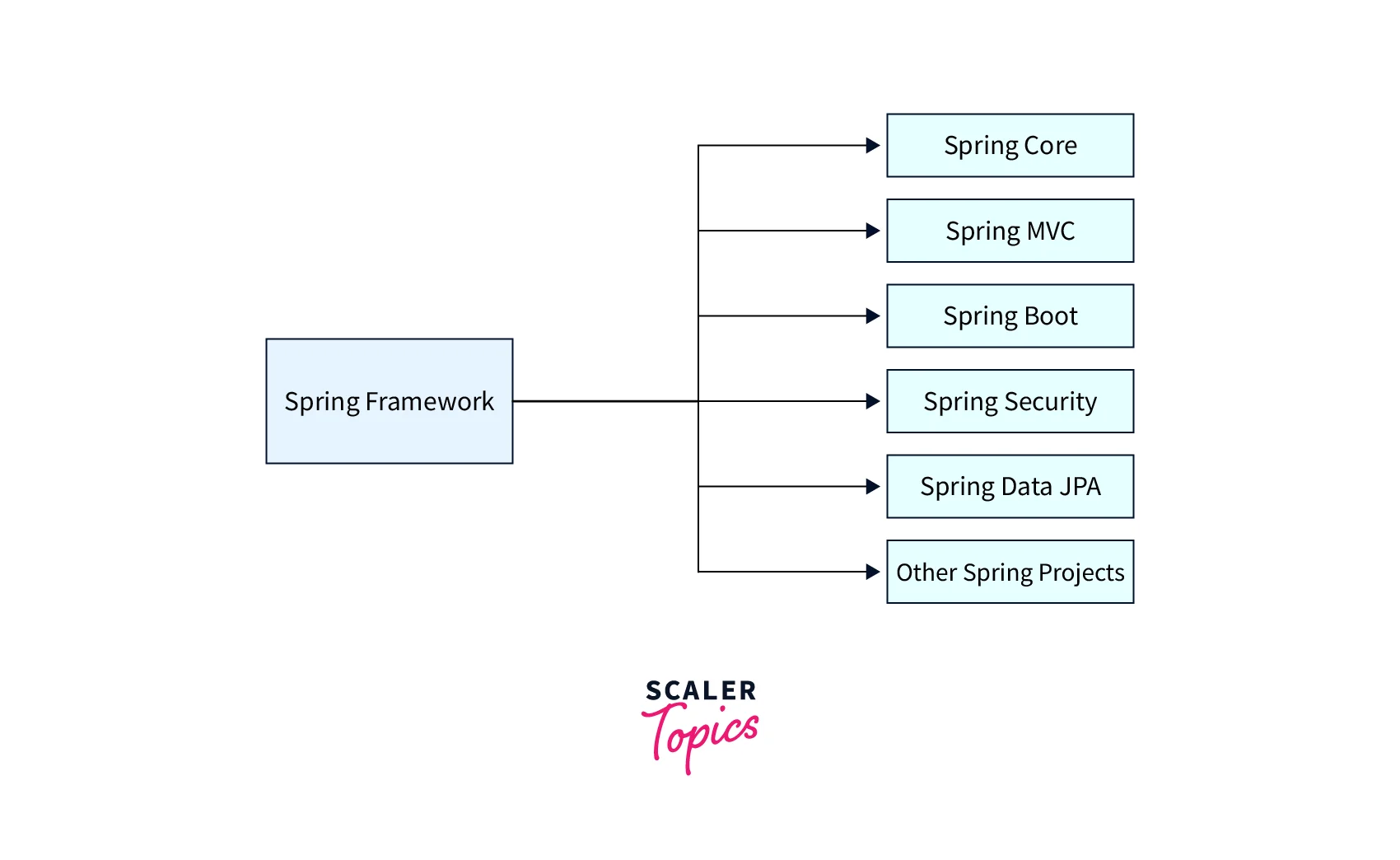
On the other hand, Spring Boot is a subset of the Spring framework that simplifies the process of creating and deploying standalone, production-grade Spring-based applications. Spring Boot is advantageous as it comprises a set of starter dependencies, embedded web servers, auto-configuration, etc. for quick setup and deployment.
Apache Tomcat Apache Tomcat is an open-source web server and servlet container that serves Java-based web applications with the help of `Java Servlet and JavaServer Pages (JSP). Here are some of its additional features:
- Support for multiple connectors, including HTTP, HTTPS, and AJP.
- Advanced security features such as SSL/TLS encryption, realm-based security, and role-based access control.
- Cross-platform compatibility with support for multiple operating systems, including Windows, Linux, and macOS.
Obtain Certification and Training
To become a certified Java backend developer, you can pursue relevant certification courses such as:
- Oracle Certified Professional,
- Java EE Web Component Developer or
- Spring Professional Certification.
You can also enroll in training programs offered by various educational institutions and online platforms that cover Java, Spring, Hibernate, and other related technologies.
Advancement Prospects
As Java back-end developer gain experience and improves their skills, they may advance into roles such as senior developer, technical lead, or software architect.
Additionally, they may continue to specialize in certain areas such as database administration, security, or DevOps. Continuous learning and staying up to date with industry trends and technologies are key to career advancement in this field.
Conclusion
- Proficiency in Java is essential, especially familiarity with object-oriented programming concepts.
- Understanding web application architecture and the ability to develop scalable and secure backend systems is important.
- Acquire knowledge of server-side technologies such as Servlets, JSP, JPA, and databases including relational and non-relational databases.
- You need to have familiarity with Java frameworks such as Spring, Hibernate, and Struts.
- Knowledge of agile development methodologies and experience in software testing and quality assurance is necessary.
